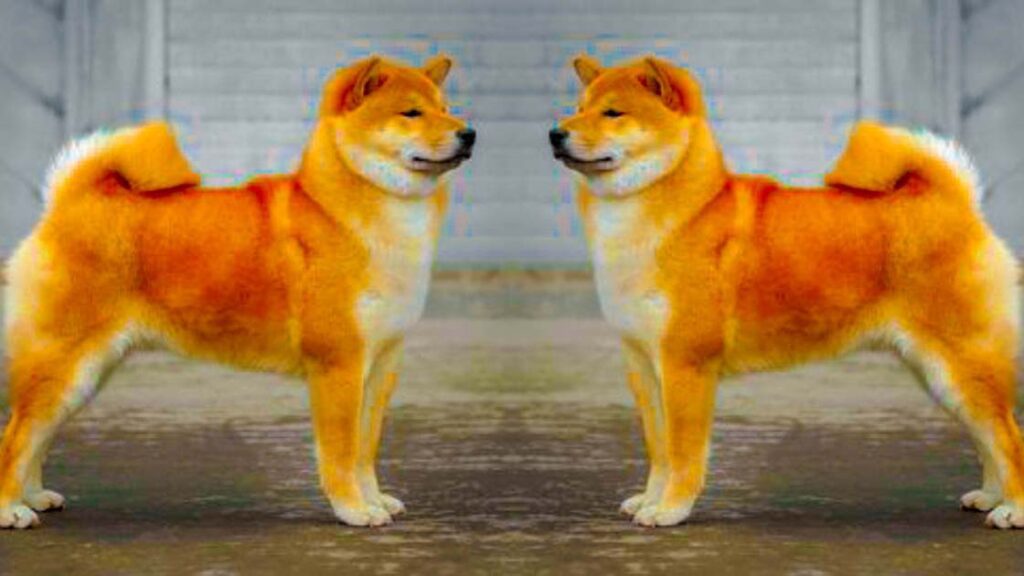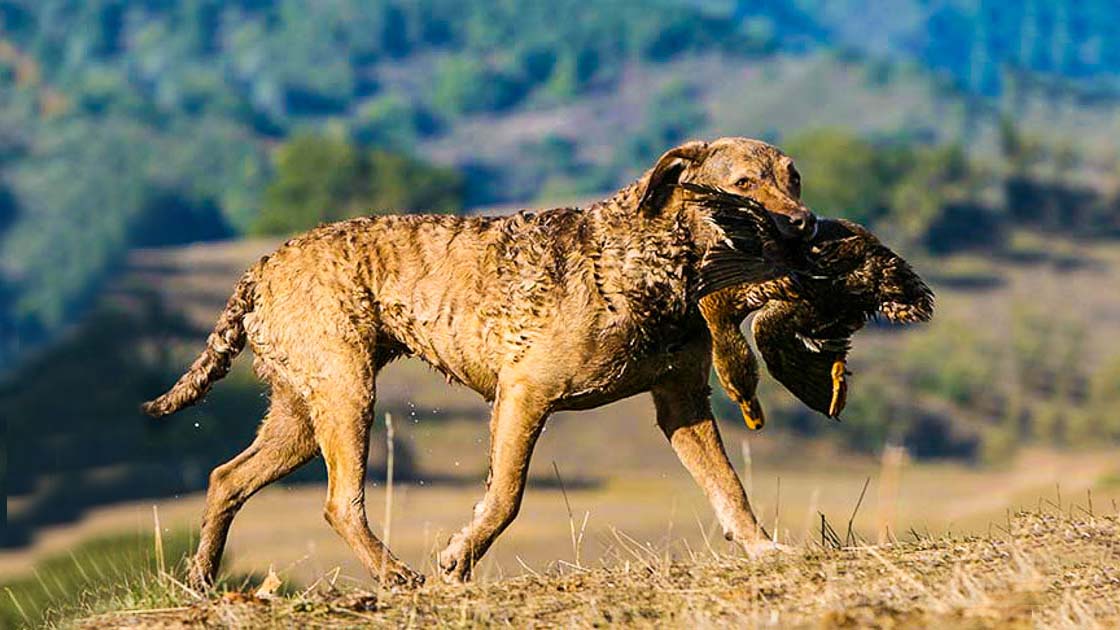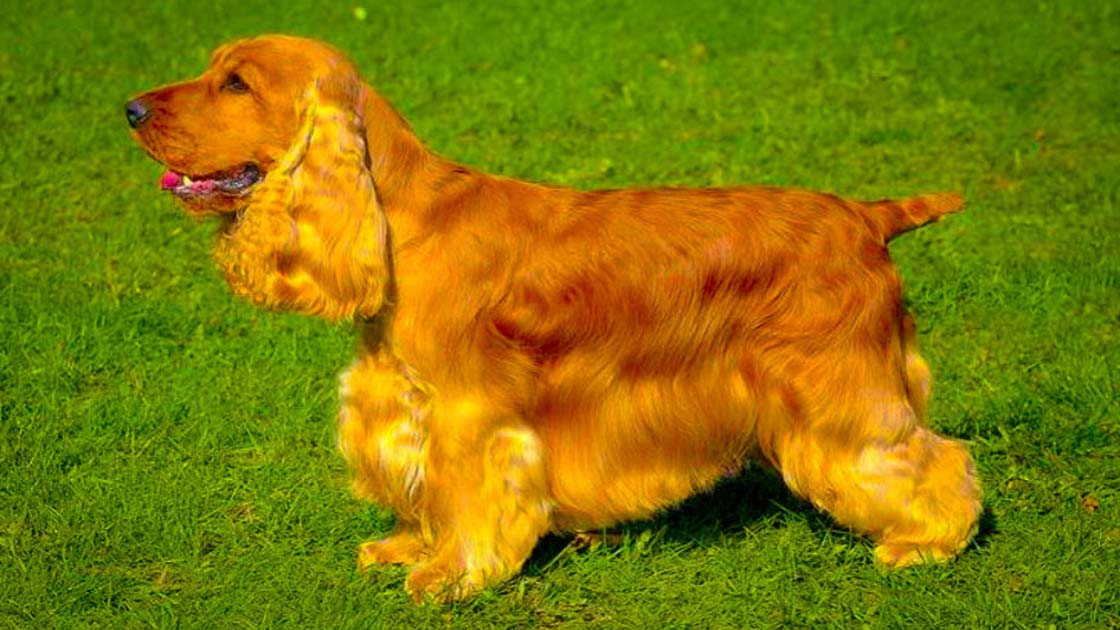Shiba Inu
Origin: Japan
Popularity Rank: 43 Since 2020
Life Span: 12-15 years
Color: “Shiba Inu colors” are black and white, brown, and grey in color.
Size: Medium in size
Height: Shiba Inu height of Male dog is 35 to 43 cm (14 to 17 inches) and the Female height is 33 to 41 cm (13 to 16 inches).
Breed Group: The “Shiba Inu dog” belongs to the non-sporting group.
Pricing: Shiba Inu Price ranges are from $1500 – $2500.
Weight: The Shiba Inu weight of a male dog breed is 23 pounds and the female weight is 17 pounds.
Shiba Inu Dog History
The alternative names for Shiba Inu are Japanese Shiba Inu, Japanese small-size dog, and Shiba ken dog, and their common name is Shiba. These dogs are a Japanese hunting dog breed. It is the smallest dog breed in Japan out of six original dog breeds. The Shiba Inu is one of the smallest and oldest native Japanese dog breeds.Its beginnings trace back hundreds of years ago in ancient Japan. Scholars believe that it descended from ancient Asian dog breeds that crossed the land bridge from Asia.
Hunting Heritage
The Shiba Inu was primarily intended for hunting small game in Japan’s rough mountainous regions. People prized them for their outstanding hunting abilities, agility, and their ability to traverse challenging terrain.
Regional versions
Regional versions of the Shiba Inu have arisen in various locations in Japan over time. Shinshu Shiba from Nagano Prefecture, Mino Shiba from Gifu Prefecture, and San’in Shiba from San’in Prefecture are the three primary forms of Shiba Inu.
Moreover, Shiba means little, and Inu means dog. Hence the name Shiba Inu is most frequently used due to its size. Shiba is another name for a particular red bush. Because of their color, which is most comparable to a shrub, these dogs are utilized for hunting in wild shrubs.
Shiba Inu Qualities
The Japanese small dog is a small, vibrant, alert, and agile dog. The shiba inu breed dog is happy in mountainous areas and on hiking paths. They were initially bred for hunting. Moreover, they resemble Japanese dogs and are frequently confused with other dog breeds like the Akita Inu and Hokkaido.
However, this breed is a separate breed with its temperament and smaller size than other Japanese dogs. Shiba Inus have a fun and vibrant personality. They appreciate interactive games and activities that keep them mentally stimulated and entertained. Shiba Inus are inherently sporty and agile. They are agile enough to easily cross varied terrains, making them excellent companions for outdoor pursuits.
Shiba Boom in Japan
Shiba Inu had a spike in popularity in Japan throughout the 1970s and 1980s, resulting in the “Shiba Boom.” The breed’s popularity skyrocketed, and its image became profoundly engrained in Japanese culture.
International Notoriety
The Shiba Inu earned international notoriety outside of Japan, enthralling dog lovers with its unusual appearance, energetic demeanor, and intense feeling of independence. They are now valued as companion dogs in many nations throughout the world.
In addition, Shiba Inus are flexible dogs who do well in various living settings, whether in a flat or a house with a garden. They can also deal with little alterations in routines. They carry themselves with dignity and pride. Their royal and confident demeanor adds to their distinct charm and individuality.
Shiba Inu Dog Body
These dogs have compact well-developed muscles. This dog has two coats: a thick, soft undercoat underneath its rigid, straight outer coat. The fur on the fox-like face, ears, and legs is short. Guard hairs are around 4 to 5 cm long at the withers and standoff on the body. The guard hairs’ role is to protect the underlying skin and repel rain or snow.
Moreover, Tail hair is slightly longer and sticks out when brushed. They tend to create profound ties with their owners. They are highly independent and territorial, with a strong hunting instinct.
Coat
Shiba Inu dogs are distinguished by their distinctive double coat, which comprises an outer coat and a soft undercoat.
Shedding in Shiba Inu
Shiba Inus shed from moderately to heavily. They ‘blow away’ their undercoats twice a year, in the spring and autumn, during their seasonal shedding. Shedding might dramatically increase during these times, necessitating routine grooming to control loose hair.
Coat Colors
Shiba Inus’ coat colors range from red to sesame (red with black-tipped hairs), black and tan, and cream. The undercoat and the outer guard hairs may have slightly different colors, which adds to the breed’s distinctive appearance.
Bathing in Shiba Inu
Shiba Inus do not need to be bathed frequently because their double coat naturally repels dirt and odors. Bathing may be necessary on occasion to maintain them clean and fresh. To avoid drying out their skin, use a mild dog shampoo designed exclusively for their coat type.
Seasonal Coat Changes
Shiba Inus undergo periodic coat changes known as “blowing coats,” in which they shed their undercoat more heavily. Extra grooming may be required to manage shedding and prevent matting.
Coat Maintenance
Besides regular brushing, Shiba Inus coat maintenance includes routine nail trimming.
Shiba Inu Dog Health Issues
Like many tiny breeds, Shiba Inus are prone to dental issues such as tartar buildup, gum disease, and tooth loss. Maintaining good oral health requires regular dental care, which includes brushing and professional cleanings. Shiba Inus are prone to eye problems like progressive retinal atrophy (PRA), which causes gradual vision loss, and glaucoma, characterized by elevated intraocular pressure. A veterinarian’s regular eye examinations can aid in detecting and managing these disorders.
Epilepsy in Shiba Inu
A neurological condition called epilepsy results in recurrent seizures. While the precise reason is frequently unknown, it is genetic in some circumstances. Medication can aid in the management and control of seizures in Shiba Inu dogs.
Patellar Luxation
Patellar Luxation is a disorder where the kneecap shifts out of its natural place. It can result in lameness, trouble walking, and pain. In severe circumstances, surgery may be required to resolve the problem.
Hip dysplasia in Shiba Inu
People with hip dysplasia, a hereditary disorder, do not develop the hip joint normally. It can cause joint instability, discomfort, and mobility difficulties. Regular screening and safe breeding practices can reduce Shiba Inus hip dysplasia.
Hypothyroidism
Insufficient thyroid hormone production by the thyroid gland results in a hormonal disorder. It can cause weight gain, tiredness, hair loss, and skin issues. Hypothyroidism in these dogs are frequently treatable with lifelong treatment.
Treatment
Veterinary Examination
When a Shiba Inu dog shows symptoms of illness or discomfort, the first step is to take them to a veterinarian for a thorough examination. The vet will inspect specific areas of concern, assess the dog’s overall health, and may request a complete medical history.
Diagnostic Tests
The veterinarian may propose diagnostic tests to further investigate the problem based on the symptoms and initial examination findings. These tests include blood work, urine analysis, X-rays, ultrasounds, and specialized tests for specific illnesses.
Surgery in Shiba Inu
If surgery is required, the veterinarian will discuss the process, potential hazards, and post-operative care requirements. They will also show how to prepare Shiba Inu for surgery and walk through the healing process.
Follow-up Care in Shiba Inu
Depending on the problem, the Shiba Inu may need follow-up appointments to check progress, change treatment, or evaluate healing following surgery. Regular check-ups confirm that the dog responds well to treatment and enable the veterinarian to make any required changes.
Lifestyle Changes
Lifestyle changes may be recommended in some circumstances to manage chronic conditions or increase overall well-being. Dietary changes, exercise routines, environmental alterations, and preventive actions are all examples of this.
For More Details Contact Us [icon name=”square-phone” prefix=”fas”]







